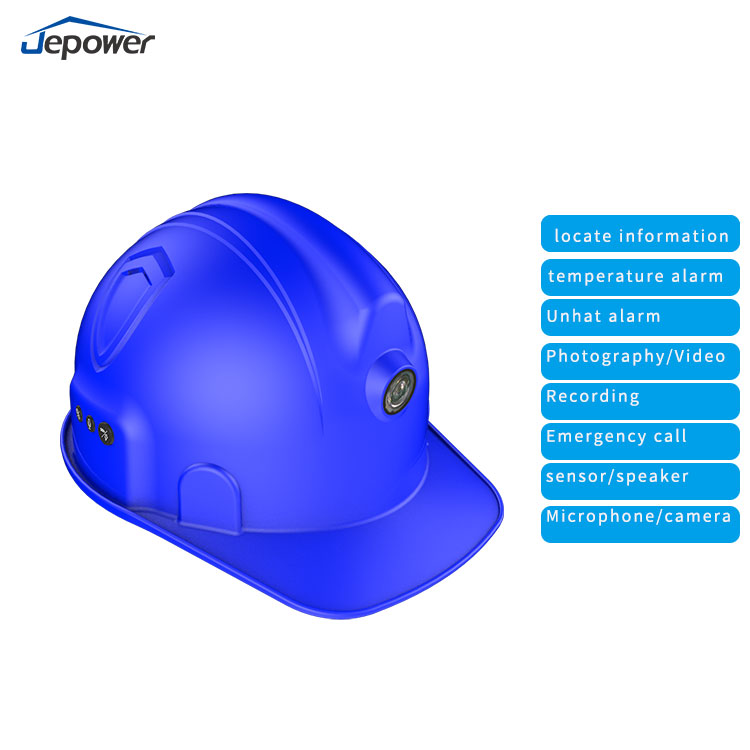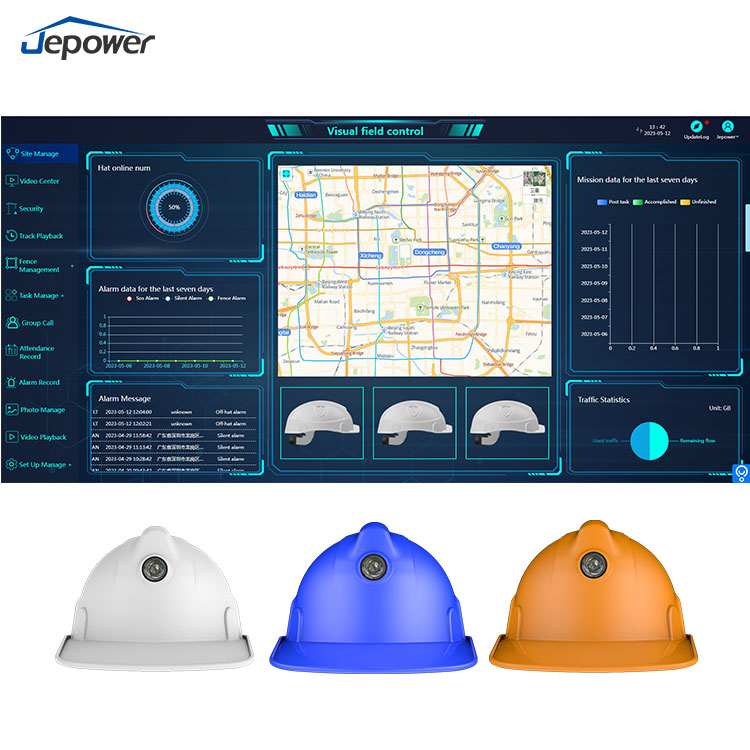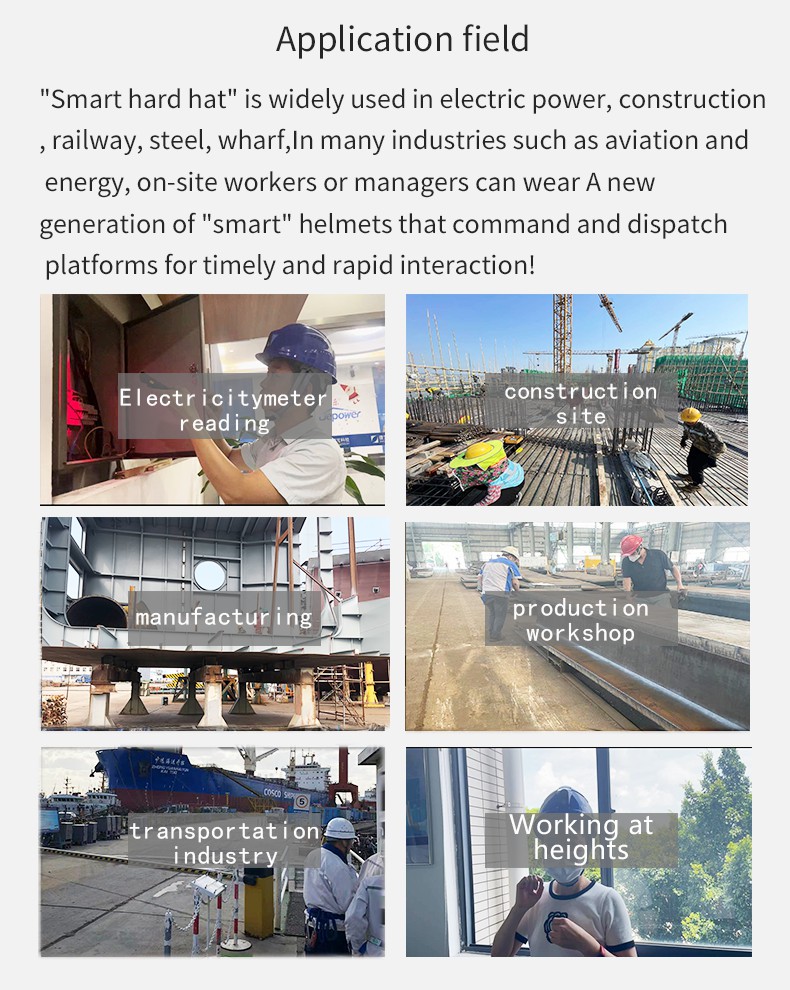Categories
Hot Products
pda android Barcode Scanner pda with rugged android smart terminal 2d barcode scanner pda14.0 handheld pda device model:HT518-F20 Android14 touch screen 4GB+64GB 5.45inch More
pos Android 5.5 Inch Android 12 NFC 1D 2D scanner Handheld pos Terminal 58mm Printer POS 3GB+16GB model:NB55 4G/3G/GPRS Android 12 5MP camera 5.5inch 3GB+16GB More
5.0 Inch Android 11 NFC 1D 2D Code Handheld Terminal Printer POS model:H8 4G/3G/GPRS Android 11 5MP camera 5.0inch More
Android14.0 Rugged Pda android Barcode Scanner pda handheld uhf rfid reader pdas scanner android pda model: HT518D-F7 Android 14.0 physical keypad 4GB+64GB 4inch More
android 12 Barcode Scanner pda with Reader 1D/2D scanner Android handheld pda device model:HT518-V350 Android12 3GB RAM + 32GB ROM 3.5nch More
4G Smart hard hat with Camera Live streaming camera for construction model:M3702-02A 4G/call/position/Hazard Alert/camera More
Android 14.0 Handheld pda 5.45inch PDA UHF RFID Reader scanner 21m Long Range rfid scanner Model:R20 4GB+64GB Android 14.0 Touch screen 5.45inch More
pda android scanner handheld rfid reader Android 12.0 Fingerprint Touch screen 5 inch Handheld pda barcode scanner android PDA handheld rfid reader price model:HT518-R7 Android 12.0 Zebra SE4710 5inch RAM 4GB+ROM64GB More
Our enquiry
The Application of Smart Helmets in the Oil and Gas Industry
The oil and gas industry has always faced high-risk working environments, including flammable and explosive gas leaks, high-temperature and high-pressure equipment operations, and complex fieldwork conditions. Therefore, effectively enhancing worker safety and work efficiency has become a crucial issue in this industry. In recent years, with technological advancements, smart helmets have gradually become an effective tool to address this problem. This article will explore the specific applications of smart helmets in the oil and gas industry and the advantages they bring.

Smart helmets combine the protective functions of traditional helmets with modern technological features, including the following aspects:
Hazardous Gas Detection and Warning In the extraction and processing of oil and gas, there is often the risk of harmful gas leaks such as methane and hydrogen sulfide. Smart helmets, through their built-in gas sensors, monitor the concentration of harmful gases in the air in real-time. When anomalies are detected, they immediately sound an alarm, prompting workers to evacuate the dangerous area quickly while notifying the command center to take emergency measures.
On-site Monitoring and Remote Guidance Production operations in the oil and gas industry often take place in remote areas, making it impossible for management to be on-site at all times. The cameras and communication devices in smart helmets can transmit real-time footage and audio from the site to a remote command center. Experts can use this data to guide workers remotely, ensuring that tasks are performed according to standard procedures, thereby reducing the risk of operational errors.
Worker Positioning and Emergency Rescue During operations on oil platforms or in oil fields, workers are spread over vast areas. The positioning function of smart helmets can track each worker's location in real-time. In case of emergencies such as explosions, fires, or injuries, the command center can quickly locate and dispatch rescue teams, reducing rescue time and improving rescue efficiency.
Equipment and Environmental Monitoring Smart helmets can monitor the temperature, humidity, and operating status of equipment in the working environment. When equipment malfunctions or environmental conditions exceed safe limits, the system automatically alarms, reminding workers and management to address the issue promptly to prevent accidents.
Health Monitoring and Fatigue Warning Long periods of high-intensity work can lead to worker fatigue, increasing the risk of accidents. Smart helmets equipped with bio-sensors can monitor workers' heart rates, body temperatures, and other health indicators. When signs of fatigue or abnormal physical conditions are detected, the system issues warnings, advising workers to rest, thereby preventing safety incidents caused by fatigue.
Enhancing Safety Real-time monitoring and warning functions significantly improve the level of safety protection for workers, enabling timely detection and handling of potential risks to prevent accidents.
Increasing Work Efficiency Through remote guidance and real-time data transmission, experts can provide technical support anytime and anywhere, improving work efficiency and accuracy.
Optimizing Management Decisions The data collection and analysis functions provide management with rich information support, helping them make more scientific decisions, optimizing resource allocation and work processes.
Reducing Operational Costs By enhancing safety and work efficiency, reducing accidents and operational errors, operational costs and compensation risks for enterprises are lowered.

The application of smart helmets in the oil and gas industry not only enhances the safety protection level for workers but also significantly improves work efficiency and management standards. With the continuous advancement of technology, smart helmets will play an increasingly important role in more application scenarios, becoming an indispensable safety assurance tool in the oil and gas industry. By promoting and applying smart helmets, oil and gas enterprises will be better equipped to address various challenges in their work, achieving safe production and sustainable development.

Copyright © 2015-2024 GuangZhou Jepower Technology Co.,Ltd.All Rights Reserved.
Friendly Links :
Android Pos Terminal